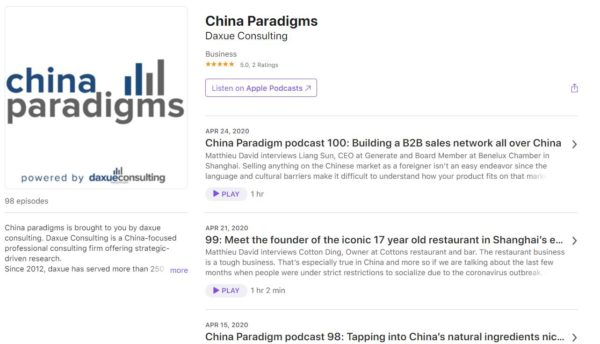Lenovo is one of the leading manufacturers of laptops, smartphones, tablets and a variety of electronic accessories. The company is constantly developing, absorbing other brands. Its main advantage over competitors in the West is the introduction of innovative solutions and a good pricing policy. Below we examine the drivers of Lenovo’s global success.
In July 2020, the 55th edition of the TOP500 list published that for the fifth time in a row, Lenovo has ranked first among the world’s supercomputer manufacturers. This time, 36% of the world’s leading supercomputer systems (from 13 countries) use Lenovo solutions.
Lenovo’s history
Lenovo was found in 1984 when a team of scientists from the Chinese Academy of Sciences created New Technology Developer Incorporated. It specialized in supplying computer equipment to the Chinese market. At that time, the Chinese government paid a lot of attention to the computerization of the country, and planned to reduce the gap between China and the west. For this reason, the Chinese Academy of Sciences financed the activities of New Technology Developer Incorporated.
How Lenovo built global brand awareness
Lenovo shares began trading on the Hong Kong stock exchange back in 1994, but the main target market for Legend at that time remained countries in Asia. The company refrained from entering the more dynamic and profitable markets of Western Europe and the United States, where at that time the Taiwanese companies Acer, Asus were already quite successful. The main reason for this state of affairs was that the company had “state roots” and its main reference point was the domestic market. In addition, the company did not have enough available production capacity to enter foreign markets. However, despite this, after only 6 years, in 2000, Lenovo became one of TOP-10 of the largest computer manufacturers.
From Legend to Lenovo: A new name for a global market strategy
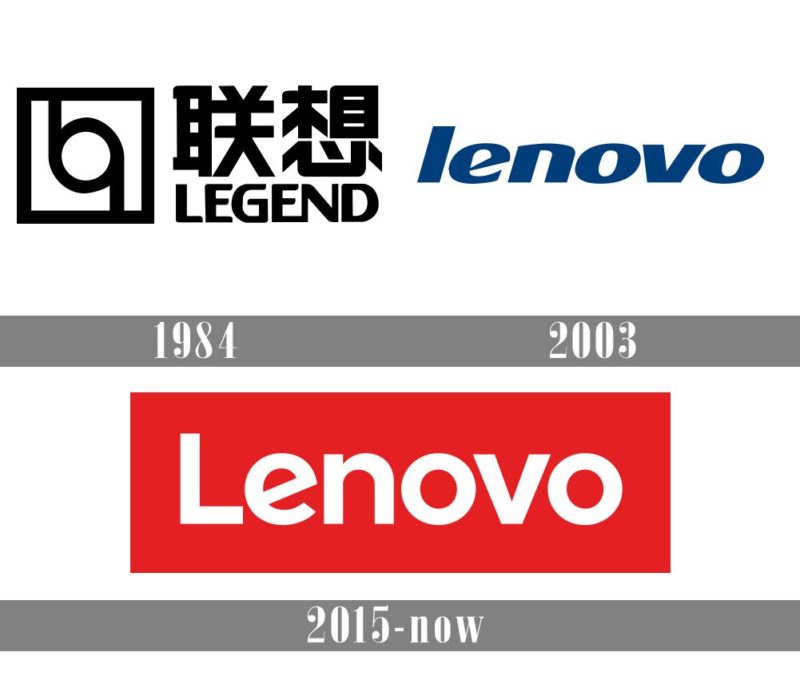
Source: 1000 Logos, Lenovo logo evolution
In the early 2000s, the company decided to change its attitude towards foreign markets. Lenovo has taken many steps towards this, the first of which was the name change from Legend to Lenovo in 2003. The full name of the company is Lenovo Group Limited. The main reason for the renaming was the fact that at that moment there were already quite a few companies in the American and European markets with the word “Legend” in their registered trademarks.
The name Lenovo is a derivative of the Le- prefix, which remained from the original Legend name, and the Latin word novo. The prefix Le- also translates from Chinese as “happiness”, and “novo” means novelty, on which the company puts a strong emphasis. Preparing for global expansion, the company did its best to make the new brand recognizable.
Lenovo’s cooperation with the Olympic Committee
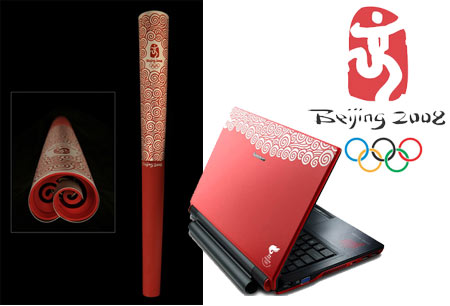
Source: Engadget, Lenovo design for Olympic Games 2008
One of the most important steps in increasing Lenovo’s brand awareness was the 2004 partnership agreement with the International Olympic Committee as a technology supplier. At this time, China was actively preparing for the 2008 Olympic Games, so the agreement was just on time. It is worth noting that Lenovo became the first Chinese company included in the list of partners of the International Olympic Committee, and received the right to use Olympic symbols.
Lenovo’s cooperation with IBM
Perhaps the most important in the development of Lenovo was the conclusion in 2004 of an agreement with IBM, thanks to which Lenovo acquired the IBM notebook and personal computer division. In addition, the Chinese company received the right until 2010 to use trademarks owned by IBM, including the popular IBM ThinkPad brand in the business environment.
Key features of Lenovo’s localization to the west
Contrary to most Chinese companies, the official language of Lenovo is English. The CEO Yang Yanging is still not very good at English, but is constantly improving his language skills and trying to embrace American culture. To do this, he even moved with his family to Morrisville, North Carolina.
Lenovo has managed to build a clear product line, effectively dividing it into different areas: one intended for the general consumer, and another focused on the corporate market. A prime example of this approach is the emergence of the IdeaPad family of notebooks that combine the reliability of a ThinkPad with the excellent multimedia experience customers demand.
What else is interesting is that Lenovo’s corporate culture is quite different from most large companies in China. Despite the fact that the state Chinese Academy of Sciences financed Lenovo, today the company operates as a private enterprise, without government interference.
Geographically, Lenovo’s revenue is fairly evenly balanced, with the Americas accounted for 31% in fiscal third quarter 2018/19, followed by China (26%), Europe, Middle East, Africa (25%), and Asia. Pacific (18%).
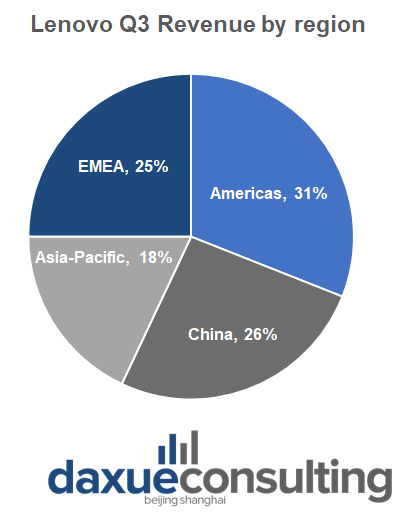
Data Source: ZDNet, Lenovo’s Q3 revenue FY 2018/2019 by region, Lenovo’s global success
Financing innovations leading to Lenovo’s global success
The company invests heavily in artificial intelligence (AI) and machine learning (ML). Much of this research is funded through Lenovo Capital and Incubator Group (LCIG), which launched in May 2016. LCIG funds and develops not only AI, but also the Internet of Things, Big Data and VR/AR in sectors such as manufacturing, healthcare and transportation.
Lenovo was ranked 127th on Strategy &’s 2018 Innovation 1000 Rankings, which is a study of the world’s largest corporate R&D investors. The company ranked 39th out of 309 IT companies and 5th out of 46 companies based in China or Hong Kong.
Top Lenovo products worldwide
Lenovo’s current strategic mantra is to “lead and drive intelligent transformation”, which it strives to achieve with products and services focused on Intelligent IoT, Intelligent Infrastructure and Intelligent Vertical Solutions. Lenovo also intends to use GFF LCD touch panels in its laptop systems, which, while slightly thicker than OGS panels, are cheaper. This will help the company set more attractive prices than competitors.
Lenovo’s Q3 FY 2018/19 quarterly results saw the PC & Smart Device business group accounted for more than three-quarters (77%) of the company’s $ 14 billion in revenue. This is 11.6 percent more compared to the same period last year.

Data Source: ZDNet, Lenovo’s Q3 FY 2018/2019 by business group, Lenovo’s global success
The company’s flagship PC lineup is the ThinkPad line of premium business notebooks, which Lenovo acquired along with the rest of the PC makers IBM in 2005 for $1.25 billion. The first IBM ThinkPad was the 700C, released in 1992. It featured the now classic black casing designed by Richard Sapper and red accents including the distinctive TrackPoint. As of 2018, more than 100 million ThinkPads have been sold. Lenovo is now releasing the 6th generation ThinkPad X1 Carbon.
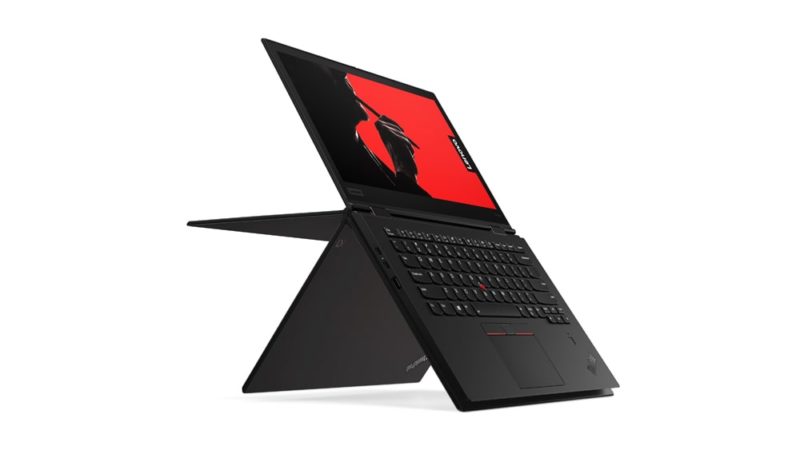
Source: LapStore, Thinkpad X1 Yoga
Are smartphones the next step of Lenovo’s global success?
Lenovo Mobile Business Group (MBG) is focusing on the Motorola brand, which Lenovo acquired from Google in 2014 for $2.91 billion. MBG’s improvement strategy has enabled the company to achieve profitability levels in 2018 and become profitable worldwide for the first time since the Motorola acquisition. The company achieved it by cutting costs, streamlining the smartphone portfolio and focusing on core markets, Lenovo said.
The Moto Z is the flagship lineup, with the latest Moto Z3 offering a Moto Mod 5G that will run on the Verizon network (launched in Chicago and Minneapolis in April, with “over 30 markets” coming in 2019). The Motorola One, released in October 2018, aims to showcase new technologies and appeal to the youth market in particular. Two more Motorola One products will appear in the near future.
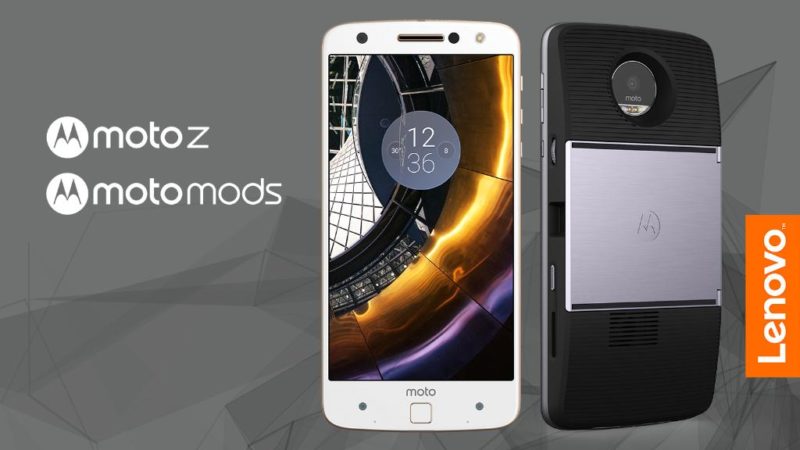
Source: IT Antwort, Moto Z by Lenovo
The Moto G line has proven itself well in the “affordable” smartphone sector, with the latest G7 models became popular among consumers. Lenovo-branded phones are lining up to boost sales in emerging markets. The 6.9-inch Lenovo Tab V7 was recently launched in Europe, the Middle East and Africa. The Moto E line caters to the budget segment of the smartphone market.
Another Lenovo phone unveiled at MWC 2019 is the Z6 Pro. It is a 5G phone with a 100-megapixel camera capable of Hyper Video and Super Macro modes.
The future of Lenovo smartphones: Foldable smartphones and 5G
After the Samsung Galaxy Fold and Huawei Mate X was unveiled at the Mobile World Congress (MWC) in February, there was a lot talks about foldable smartphones. Although Lenovo has yet to announce a foldable phone, the company has a lot of research into this area. She showed such devices back in 2016 and received a patent for a clamshell phone in September 2018.
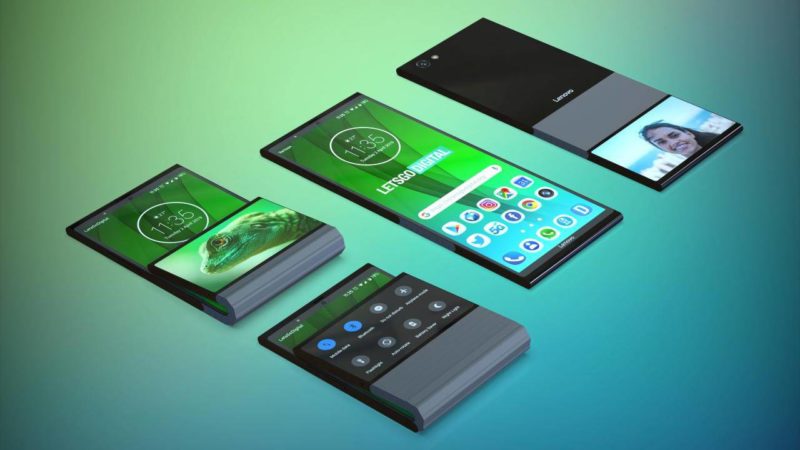
Source: SlashGear, Foldable phone project by Lenovo
The advent of 5G networks and foldable phone innovations in 2019 could take the smartphone industry to the next level. In a China Paradigm interview, Aurelien Rigart, the co-founder and Vice President of IT Consultis shared, “5G is a birth word and clearly something that is going to revolutionize step by step the user experience”. However, IDC research manager Anthony Scarsella recently warned that “consumers continue to hold on to their phones longer than before as newer higher priced models offer little incentive to shell out top dollar to upgrade. Moreover, the pending arrival of 5G handsets could have consumers waiting until both the networks and devices are ready for prime time in 2020″ (ZDNet).
Learn something new? Stay updated on the Chinese market by following our WeChat, scan the QR code below, or subscribe to our newsletter

See our report on China’s M&A market
Listen to over 100 China entrepreneur stories on China Paradigms, the China business podcast
Listen to China Paradigm on Apple Podcast
